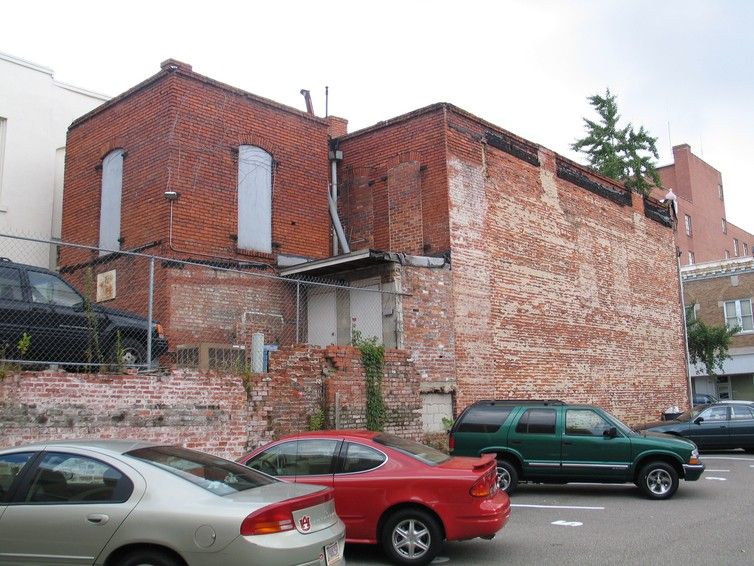A Statue of a Doctor Who Experimented on Enslaved People Was Removed From Central Park
The discussion over the memorialization of James Marion Sims offers the opportunity to remember his victims
/https://tf-cmsv2-smithsonianmag-media.s3.amazonaws.com/filer/d2/8e/d28e1b26-48b6-42e2-a609-44560d71af8b/file-20170822-14267-1dn9ep8.jpg)
Confederate generals are not the only statues causing public outrage in the United States. On Saturday, protesters gathered in New York City’s Central Park to call for the removal of a monument to James Marion Sims—the “father of gynaecology”—a doctor who bought, sold and experimented on slaves.
There are two other Sims statues on state-owned property. One is in Columbia, South Carolina, and the other in Montgomery, Alabama. In an interview with MSNBC, Steve Benjamin, the mayor of Columbia, recently agreed that the local Sims statue should come down “at some point.” Now the New York Academy of Medicine has reissued a statement supporting the removal of Sims’ effigy from Central Park.
Over the past five decades, a small army of academics—including social historians, feminists, African American scholars and bioethicists—have reached a consensus that Sims’ medical research on enslaved patients was dangerous, exploitative and deeply unethical—even by the standards of his times. And doctors at the Medical University of South Carolina, in Sims’ home state, have publicly acknowledged Sims’ overt medical racism.
The ongoing removal of statues that celebrate the Confederacy and other forms of white supremacy, is an opportunity to also correct the problem of Sims’ troubling presence on the symbolic landscape of America’s past.

It is common knowledge that Sims was a slave owner during the years he practiced medicine in Montgomery, Alabama. It is also well known that he performed dangerous experiments on enslaved women, men and babies. These experiments were so dangerous that even his friends and fellow doctors told him that he was going too far.
The evidence of Sims’ medical malpractice is apparent from the extensive published case notes of the procedures he performed and from his autobiography, The Story of My Life. In his autobiography, Sims revealed that the most “memorable era” of his life was between 1844 and 1849, during which he recollected that “there was never a time that I could not, at any day, have had a subject for operation.”
In same years, he doubled the size of his private hospital for enslaved patients, “ransacking country around” Montgomery for incurable cases of vesico-vaginal fistula (an abnormal tract between the bladder and vagina). Enslaved women were particularly prone to this side effect of childbirth, due to the coercive “breeding” practices of slave-owners and widespread sexual exploitation. For Sims’ fistula patients, the memory of these years would have been unbearable, as they were subject to repeated surgery, without anesthesia.
Sims is a typical example of a slave-owning, slave-trading, racist medical researcher, of which there were an abundance in antebellum America. Medical experiments on the enslaved were commonplace throughout the era of slavery. Sims, however, proved particularly shrewd in having positioned his medical practice and backyard private hospital at the heart of Montgomery’s booming slave-trading district.

Sims’ hospital and medical research thus directly serviced the slave trade. He attempted to patch up the chronically sick so that they could continue to labor, reproduce, or be sold at a profit to their owners.
The latest chapter of Sims’ legacy is still unfolding, with an important new academic study about to be published. Further, Sims’ public history reveals much about patterns of racism, paternalism and sexism—as well as changing attitudes towards slavery, doctors, patients and disease—in the eras of Jim Crow segregation, eugenics, World War II, civil rights and beyond.
Two historians of American medicine, Vanessa Northington Gamble and Susan Reverby, who battled long and hard to bring to light the truths of the Tuskegee syphilis experiment and secure a presidential apology and compensation for the study’s victims, have argued for the Sims monuments to be reconfigured, perhaps removing his likeness and incorporating the stories of his enslaved research subjects.
As the history of patients is still in its infancy and very few statues commemorate the participants in medical trials, this debate may be a stimulus for more inclusive and considerate memorialization. And it may prove useful in drawing attention to the ethics of research today, a time of rapid developments in biomedicine.
Accompanying the removal or reconfiguring of the Sims’ monuments, the history of medicine in the age of slavery and Jim Crow deserves a thorough re-evaluation, as there remain countless other untold stories of exploited and oppressed sufferers to be brought to light and included on history’s balance-sheet.
This article was originally published on The Conversation.
Stephen Kenny, Lecturer in 19th and 20th-century North American History, University of Liverpool